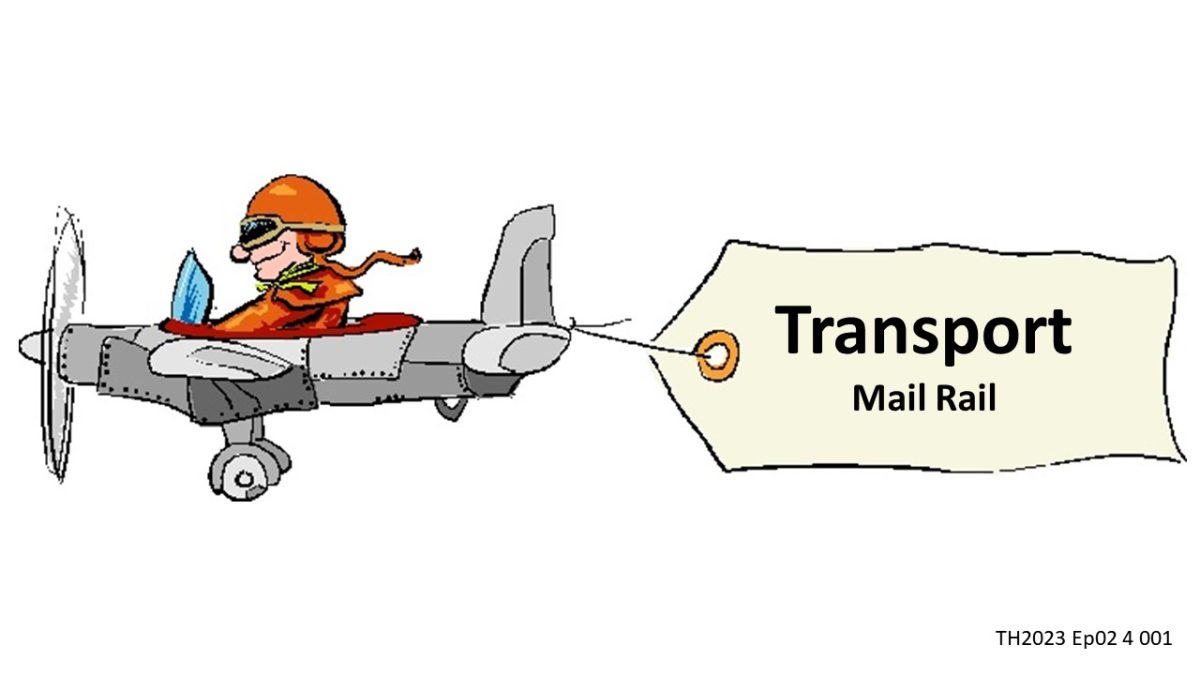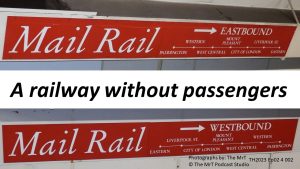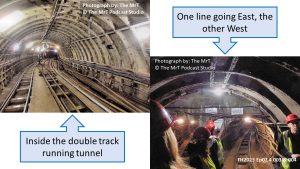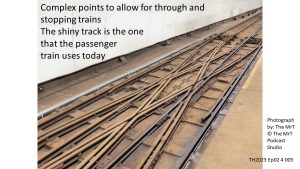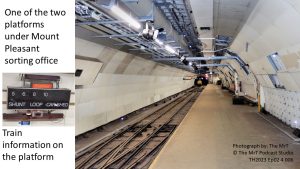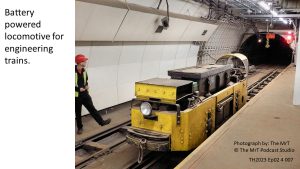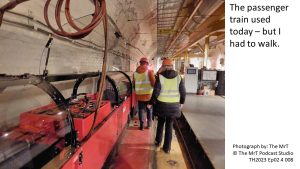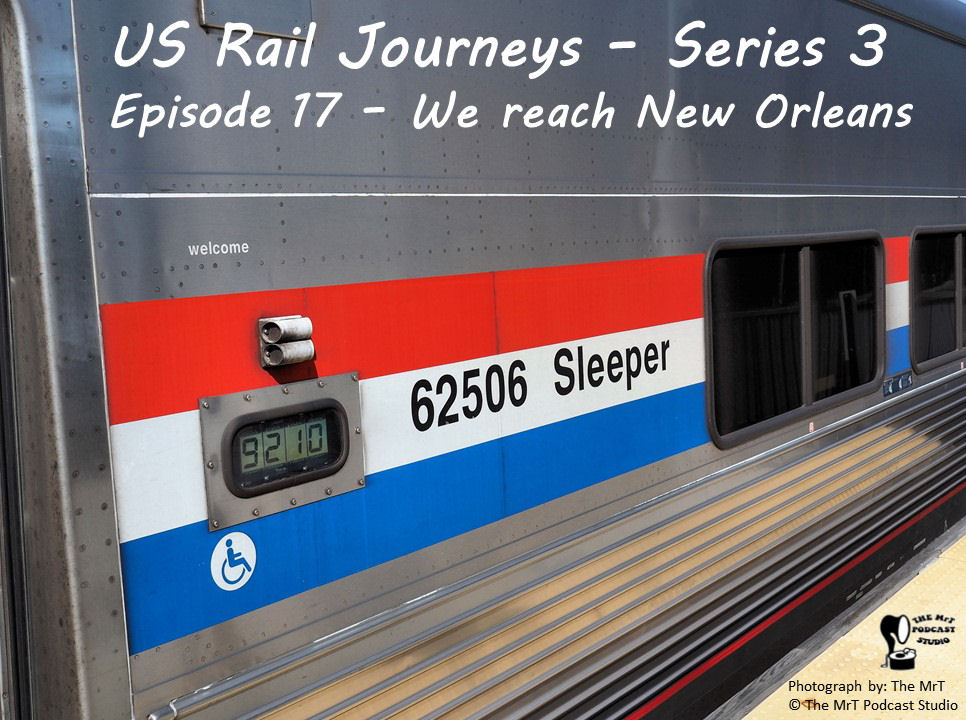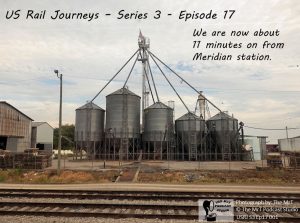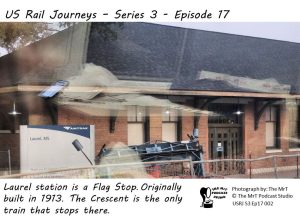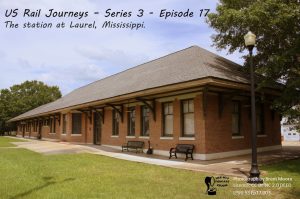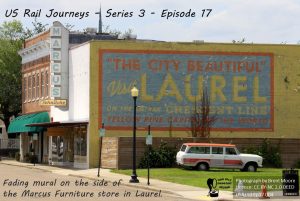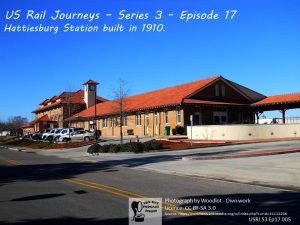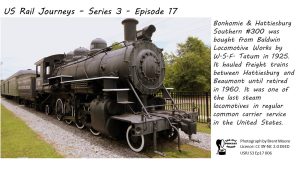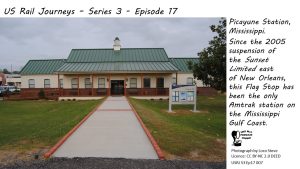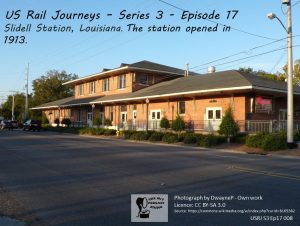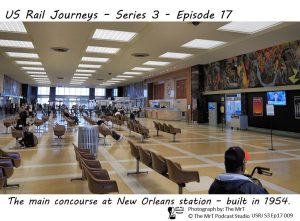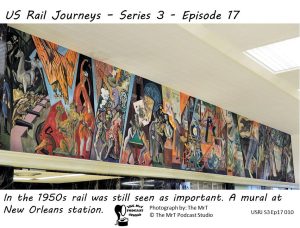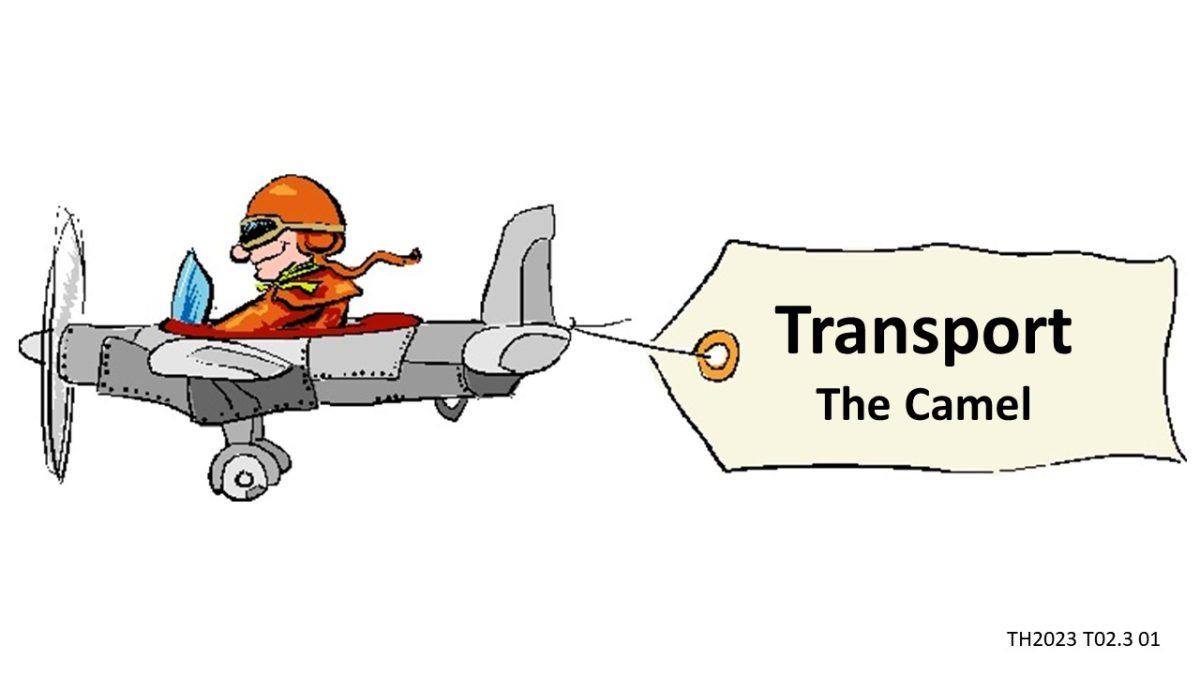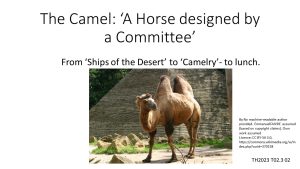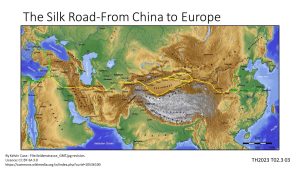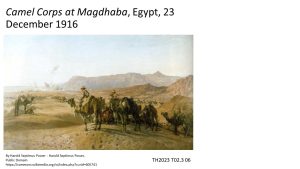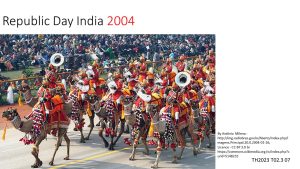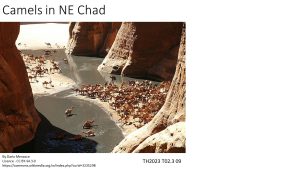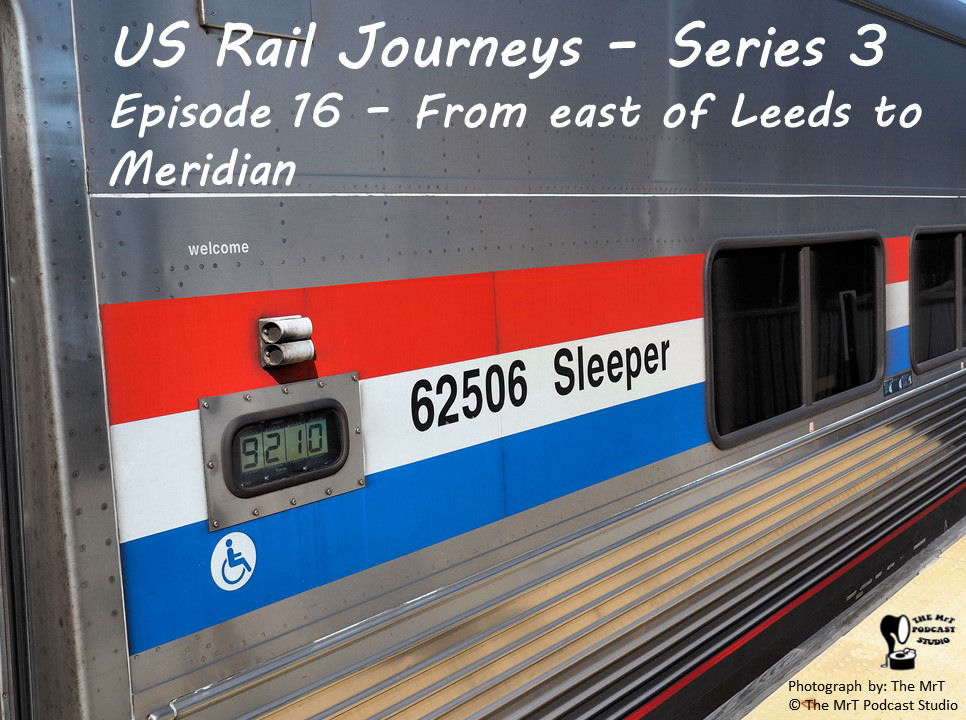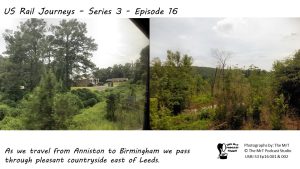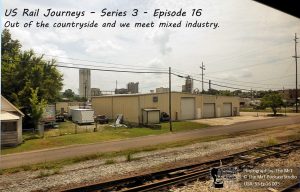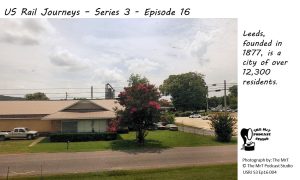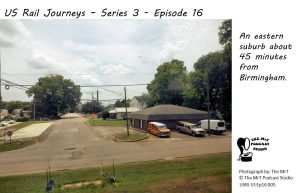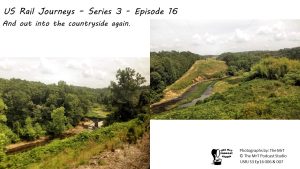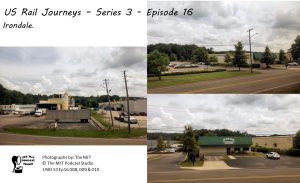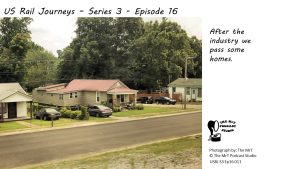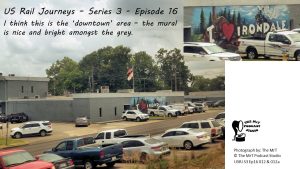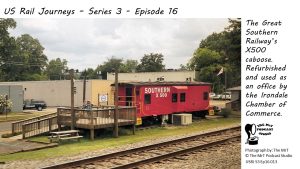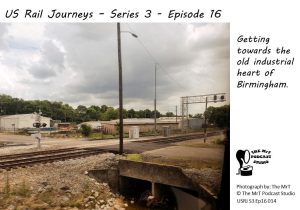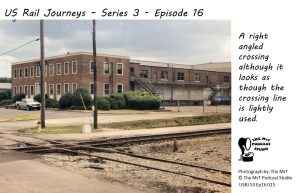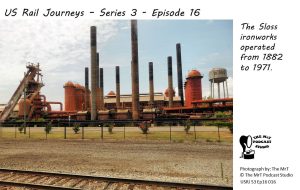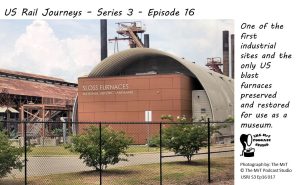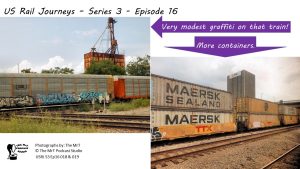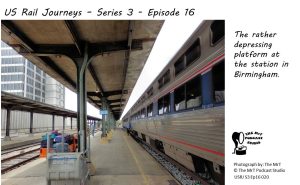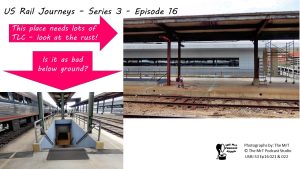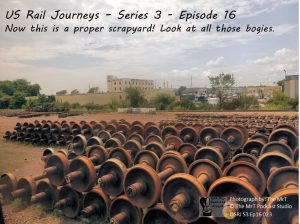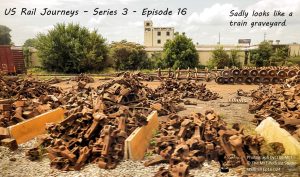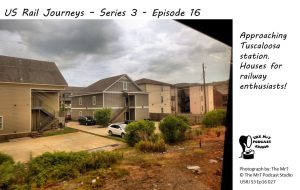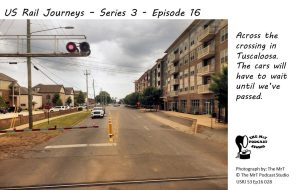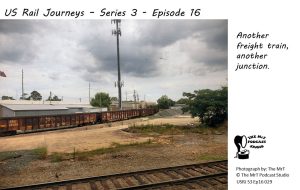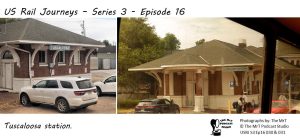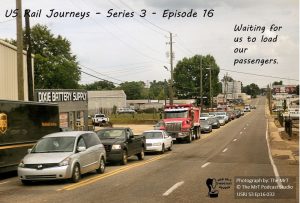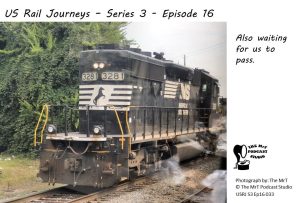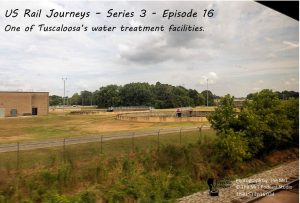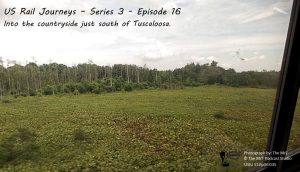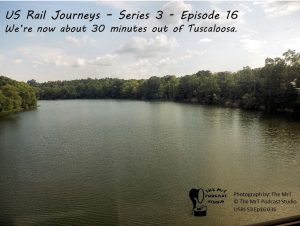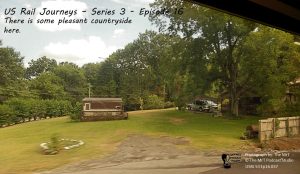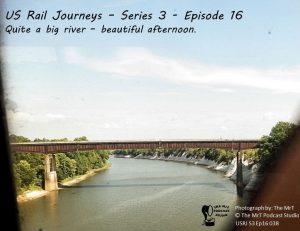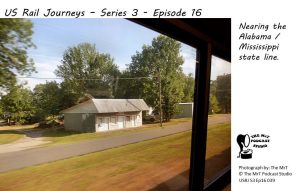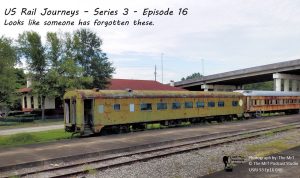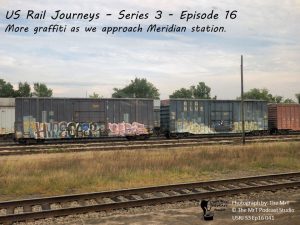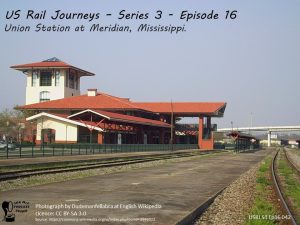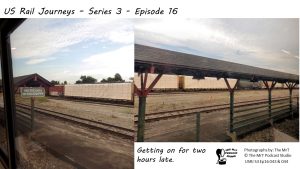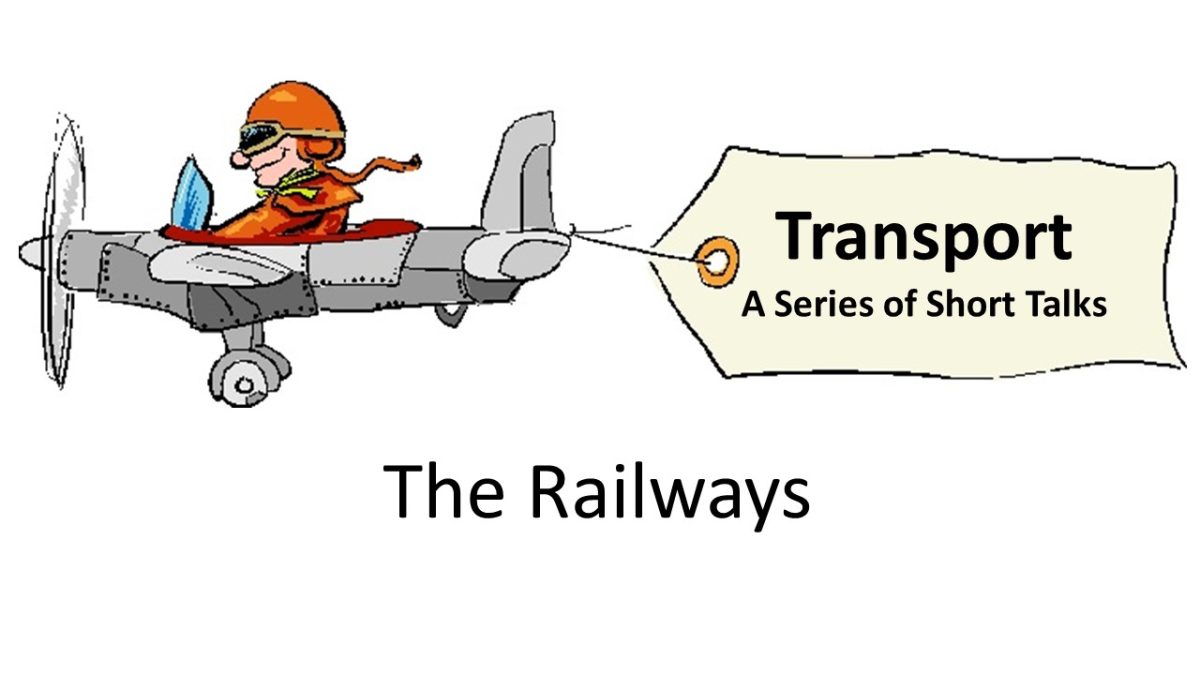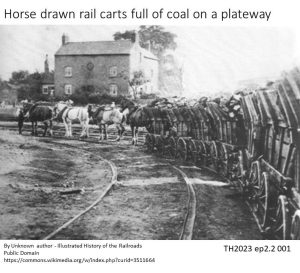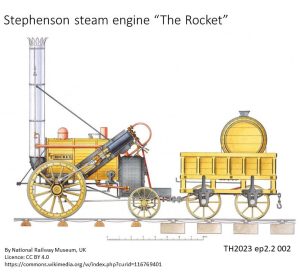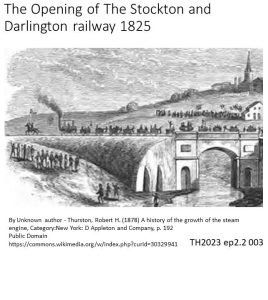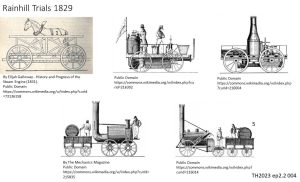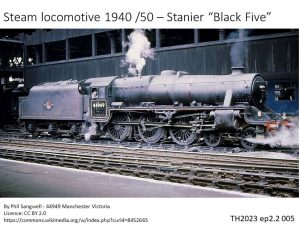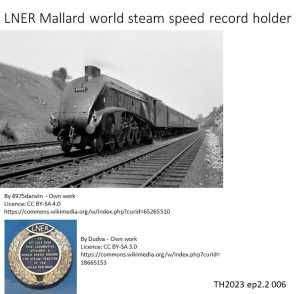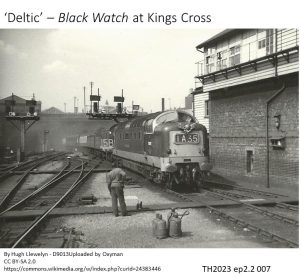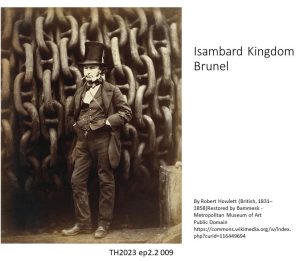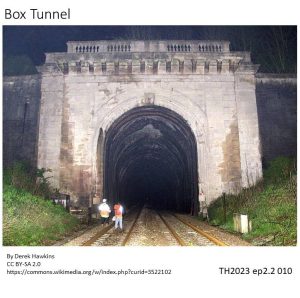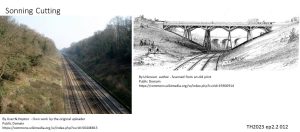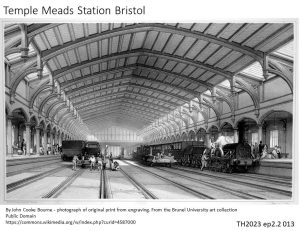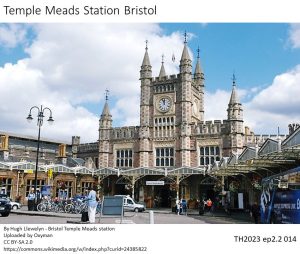Podcast: Play in new window | Download (Duration: 11:32 — 10.6MB)
Season 2023 – Talk 02.4 – Mail Rail
In Mail Rail Tim Davies tells us about a railway that had no passengers until after it closed.
Click a thumbnail below to view the image gallery that accompanies the talk.
A railway with no passengers:
Deep beneath London’s choked streets there’s a six and a half mile railway. Operating for 19 hours a day from 1927 to 2003 with no drivers, no guards nor any passengers. To many it is one of the most successful railways in the world.
The Post Office Underground Railway, a solution to the transport of large volumes of mail across a foggy and congested city!
Early steps:
In 1855 the Secretary of the Post Office, one Roland Hill, submits a report for a system to transport mail in underground tubes which would be propelled by air pressure. Initially for use between the post office headquarters to another post office building in Holborn. Later a further eight other offices might be linked in. The system is workable but expensive.
In 1863, the Post Office reviews a new pneumatic railway from the Pneumatic Dispatch Company. It runs nine feet below the ground between Euston Station and Eversholt Street. Wrought iron railcars are sucked along the tube in about a minute.
Into the 20th Century:
London’s mail suffers severe delays because of traffic congestion and thick fog. In 1909 a committee forms to review the use of underground pneumatic and electric railways for moving the post. In February 1911 it recommends an electric railway with driverless trains, using the example of a railway in Chicago that moves materials into the city and waste out of the city.
Although the tunnels are complete by 1917 it takes another 10 years for the railway to start operating.
Listen to the podcast and hear Tim tell the whole story.
About this podcast:
The Postal Museum is on Phoenix Place, London, WC1X 0DA and opens from Wednesday to Sunday between 10.00 and 17.00. Learn about all things ‘postal’, ride on Mail Rail or do a tunnel walk.
This is an edited recording of a talk given to the Farnham u3a World History Group .
It is not always possible to use all of the images presented in the original talk because of copyright reasons.
This podcast is also available through Amazon Music, Apple Podcasts, Castbox, Deezer, Podchaser, Spotify, Stitcher and Vurbl and others.
AKM Music licenses Media Magazine for use the music in this talk.
© The MrT Podcast Studio and Farnham u3a World History Group 2018 – 2023

